Published Sep 14, 2018
First Contacts Across Star Trek
First Contacts Across Star Trek
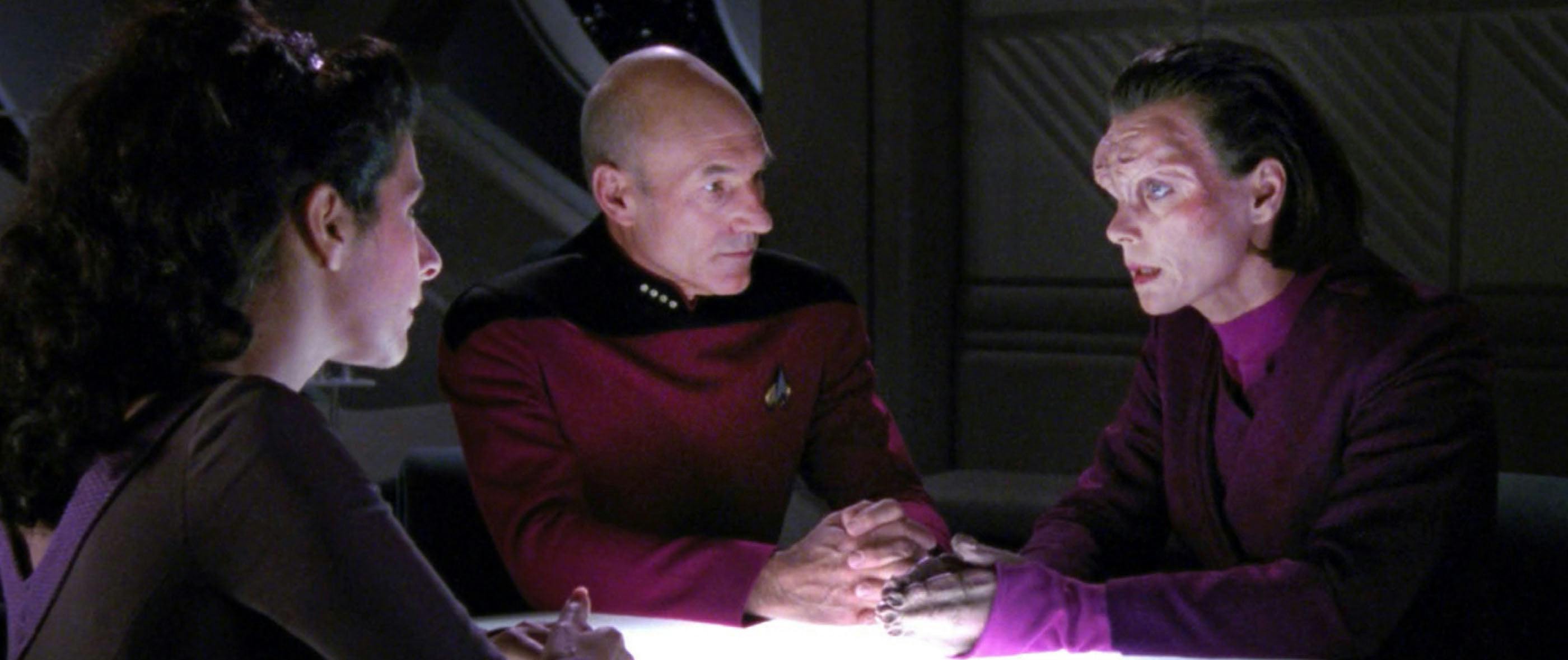
In the Star Trek: Discovery episode “Si Vis Pacem, Para Bellum,” Michael Burnham is part of an away team who have beamed down to the planet Pahvo, which sensors indicate is uninhabited. Pahvo contains a naturally occurring crystalline transmitter Burnham intends to use to detect cloaked Klingon ships. The team’s mission is blocked when they encounter mysterious shimmering lifeforms that vibrate at the same frequency as the planet. “Now our duty is to follow first contact protocol,” Burnham tells the team. “And we can't borrow or alter their property without them understanding our objective and agreeing to it.”

First contact procedures form one of the guiding principles of Star Trek. Laid down in Starfleet General Orders, they describe a philosophy of respecting the sovereignty, property, beliefs and right to self-determination of alien cultures. General Order One, also known as the Prime Directive, states, “the right of each sentient being to live in accordance with its normal cultural evolution is considered sacred.” All first contact procedures are governed by this founding principal, and Burnham cannot violate them… even to save lives on her ship.
A lot has changed since 1492 when Christopher Columbus first made landfall in the Americas and, according to his own diary, “did take possession of the said island for the king and for the queen.”
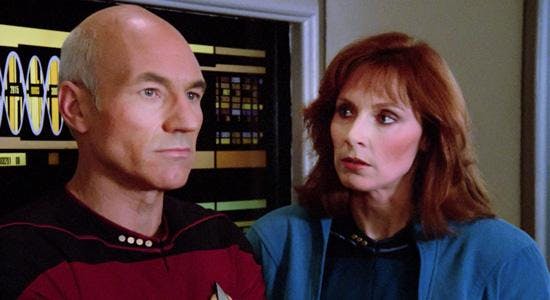
First contacts historically favor the more technically advanced culture, and Starfleet has procedures in place specifically to prevent this. As Captain Picard explains to Dr. Crusher in the Star Trek: The Next Generation episode, “Symbiosis,” “History has proved again and again that whenever mankind interferes with a less-developed civilization, no matter how well intentioned that interference may be, the results are invariably disastrous.”
Assimilation, the process of individuals or groups of differing ethnicity blending into the dominant culture of a society, has been traditionally considered a positive outcome. As late as 1996, Canada was removing Native Canadian children from their families and placing them in boarding schools, depriving them of their ancestral languages and disenfranchising them from their culture. According to a 2008 Canadian report condemning the process as inhumane, “the belief [was] that the colonizers were bringing civilization to savage people who could never civilize themselves. The 'civilizing mission' rested on a belief of racial and cultural superiority.”
By the 24th century, such beliefs are firmly in the past. The United Federation of Planets has formed on the principles of universal rights, liberty and equality. Believing that all cultures have equal value, the Federation is dedicated to a policy of non-interference.
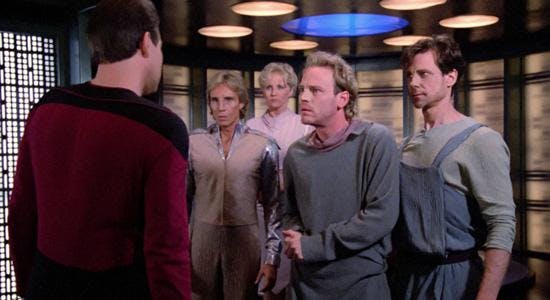
In “Symbiosis,’ Picard is faced with two cultures whose planets orbit the same sun in the Delos system, the Onarans and Brekkians. The Brekkians have been exploiting the Onarans for centuries by supplying them with addictive drugs in exchange for their servitude. Picard not only must refuse to intervene, but also cannot reveal to the Onarans they are being virtually enslaved by the Brekkians with narcotics. When Doctor Crusher insists Picard end the unhealthy and unbalanced relationship between the two cultures, he responds, “Why? Because it offends against our sensibilities? It is not our mission to impose Federation or Earth values on any others in the galaxy.”
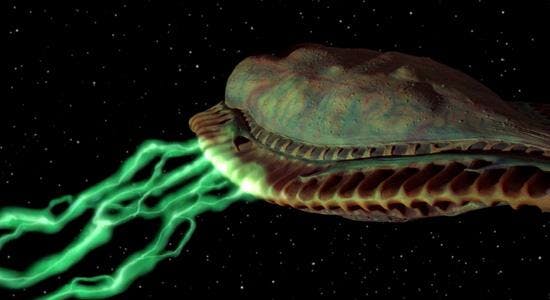
Non-interference is a double-edged sword, and one Star Trek crews must continually grapple with. In “Galaxy's Child,” the Enterprise experiences a first encounter with an entity as large and majestic as a starship that lives in space. When the crew react to the entity’s defensive release of radiation with a low-level phaser burst, they inadvertently kill it. Picard is visibly upset: he had miscalculated how vulnerable the entity was to phaser fire. Minutes later when Commander Data reports the presence of an unborn offspring in the entity’s corpse, Picard calls a conference of senior officers in his ready room. He’s about to break the Prime Directive and the Federation policy of non-interference to help the baby entity break free from its mother’s corpse. Using their phasers as a scalpel, the crew cut a hole in the carcass, allowing the baby entity to emerge into the universe.
It is impossible not to feel joy at the birth. Do we support Picard’s decision so wholeheartedly because it reflects our own highest value of preserving life at all cost?
In 1964, a group of aboriginal Australians were hunted down by a patrol in the Western Australian desert. The area was designated as the dump site for Australia’s rocket test program -- the place where fiery rockets would crash land into the earth -- and the patrol’s mission was to clear the area. The 20 women and children they captured were members of the Martu tribe. It was their first contact with Western civilization and the end of a way of life.
Yuwali, one of the adolescents held captive by the patrol, is still alive today. “They tied the kids up with rope around their ankles,” Yuwali tells us, “to stop them running away.”
Terry Long, a member of the patrol, believed at the time the women and children could not survive any longer on their own in the desert and his actions were saving their lives. He now acknowledges, “We ought to have handled this much, much better.”
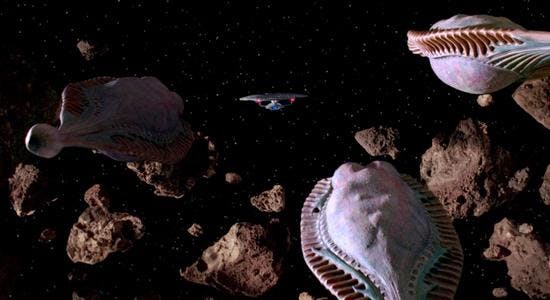
Star Trek’s procedures for first contacts continue to evolve along with our own. They reflect our changing values and beliefs as humans while also providing a vision of equality, tolerance and humanity for mankind to aspire to. As Picard says in “Galaxy’s Child,” “We're out here to explore, to make contact with other life forms, to establish peaceful relations but not to interfere. And absolutely not to destroy.”
J.V.Jones is a USA Today bestselling writer whose acclaimed Sword of Shadows series is published by Tor Books.
To learn more about this subject, please visit www.LearningForASmallWorld.com. The course "Star Trek: Inspiring Culture and Technology” provides greater depth on this and many more aspects of the history and impact of Star Trek.


